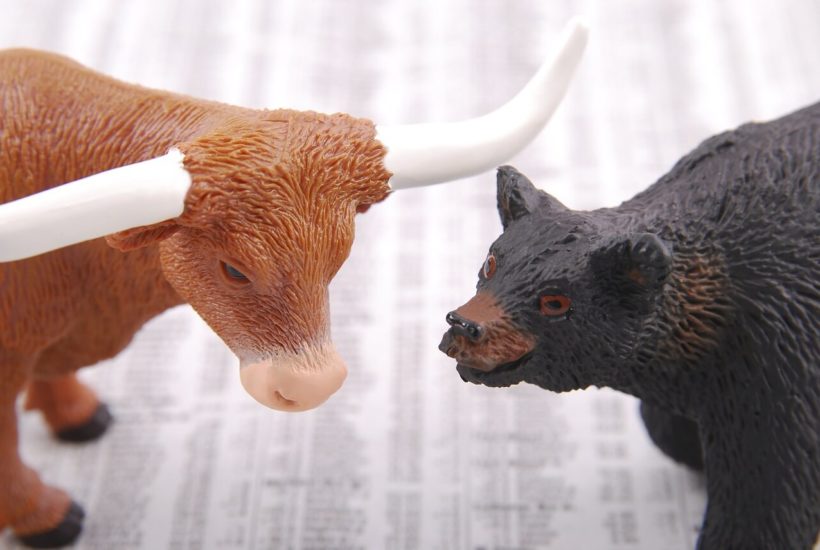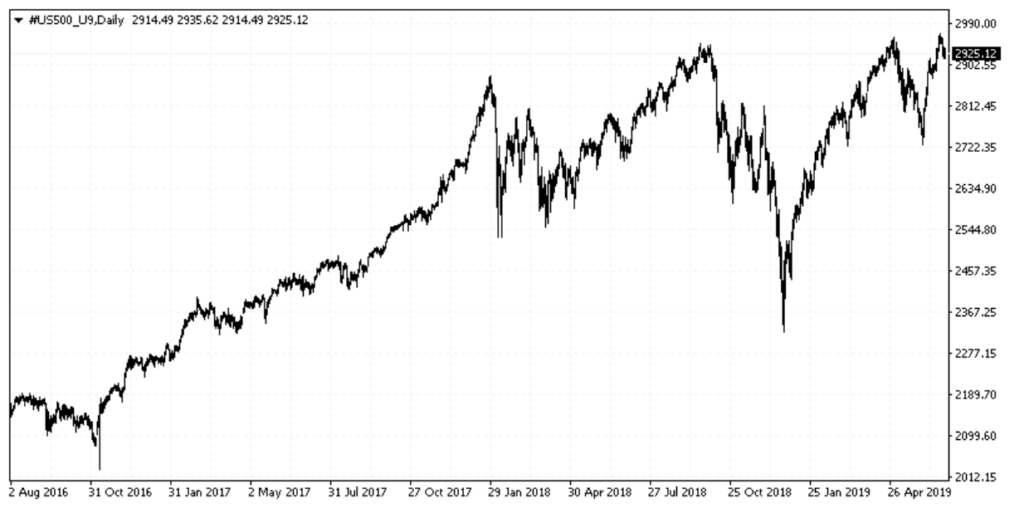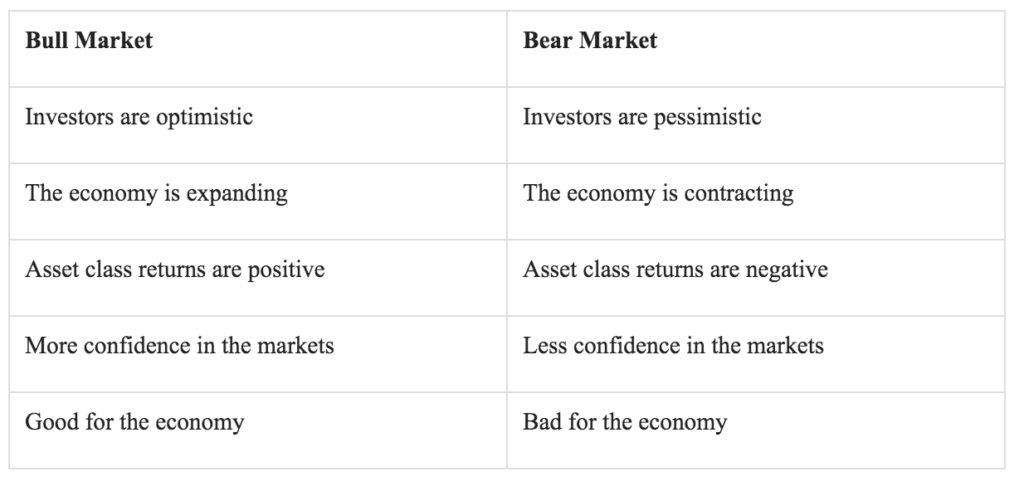Featured
What investors should know about the bull and bear markets
Bull market and bear market are terms you probably would have come across at some point.

Bull market and bear market are phrases widely used in the industry to convey how the markets are performing.
The terms are also technically used to describe economic conditions, and this is reflected in the markets. The context of the usage of these terms plays an important role. Typically, bull and bear markets are used to denote a specific asset class such as stocks, bonds, real estate or even the economy.
- A bull market depicts the environment that is generally optimistic and expanding.
- A bear market depicts an environment that is the opposite of the bull market; pessimistic and contracting growth.
Thus, when the markets are rising, the markets are said to be a bull market and when the markets are falling, the markets are said to be bear markets.
Generally, when there is a correction of 20 percent or more from the 52-week high, we tend to refer to this as a bear market, or simply bearish. Depending on who you ask, this can be around 10 percent – 20 percent which is an acceptable range.
Similarly, when the markets rise 20 percent or more from the correction, it is said to be a bull market. Within the bull markets, there is another term called the secular bull market. A secular bull market is one which lasts between 5 – 25 years or more.
During a secular bull market, it’s common to see the markets correcting at least 10 percent over the course.
Origin of the terms
The term bull market is obviously derived from the bull. With its sharp horns that are inclined upward, bulls are known to attack by generally swinging their head upwards.
On the other hand, the term bear market is derived from the bear. A bear generally attacks with its paws, striking down. Another fact about the bears is that they tend to hibernate for prolonged periods of time.
Thus, drawing an analogy from the characteristics of the bull and bear markets, traders generally use these terms to depict whether the markets are going up or down. In other words, it depicts the optimism and sentiment in the markets.
When comparing the bull and bear markets, the bear markets are shorter in nature. Thus, bull markets tend to prevail for much longer. In fact, various studies show that if you look to the S&P500 index over a span of decades, the bull markets outperform the bear markets.

But, of course, we should mention that past performance is no way an indicator of future returns. Generally, bear markets last over a period of 1 or 2 years at best, while bull markets tend to have an average lifespan of 6 years or more.
Characteristics of bull & bear markets
Both the bull and bear markets have certain characteristics described below.

Other terms & uses
The terms bull and bear markets are also used to depict other features of the markets. For example, in central bank terminology, the equivalent of the bull market is hawkish, and the equivalent of the bear market is dovish.
If you look closely, you will find the animal or bird analogy here as well. A dove is usually considered a docile bird, while the hawk sits on top of the food chain. Thus, when central bankers give their speeches or release monetary policy reports, they are either hawkish or dovish.
When a central bank is dovish, it means that the policymakers expect the economy to perform poorly, thus signaling lower interest rates or loose monetary policy. On the contrary, when a central bank is hawkish, it means that policymakers expect the economy to expand. This, in turn, translates to higher interest rates or tighter monetary policy.
In conclusion, whether it is a bull market or a bearish one, or whether it’s dovish or hawkish, you will find that while the terminology may differ, it all refers to the same aspects of the financial markets. It does sound with animal analogies, though.
—
DISCLAIMER: This article expresses my own ideas and opinions. Any information I have shared are from sources that I believe to be reliable and accurate. I did not receive any financial compensation for writing this post, nor do I own any shares in any company I’ve mentioned. I encourage any reader to do their own diligent research first before making any investment decisions.

-

 Africa21 hours ago
Africa21 hours agoCasablanca Stock Exchange 2025: A Pivotal Year Toward Financial Maturity
-

 Biotech2 weeks ago
Biotech2 weeks agoCAR-T Therapies: From Breakthrough Cancer Treatment to Faster, Safer, and More Accessible Immunotherapy
-

 Fintech7 days ago
Fintech7 days agoPakistan’s Digital Finance Paradox: Growth, Fraud, and the Fight for Trust
-

 Impact Investing20 hours ago
Impact Investing20 hours agoBattery Energy Storage Systems: Shaping the Future of Clean Energy























